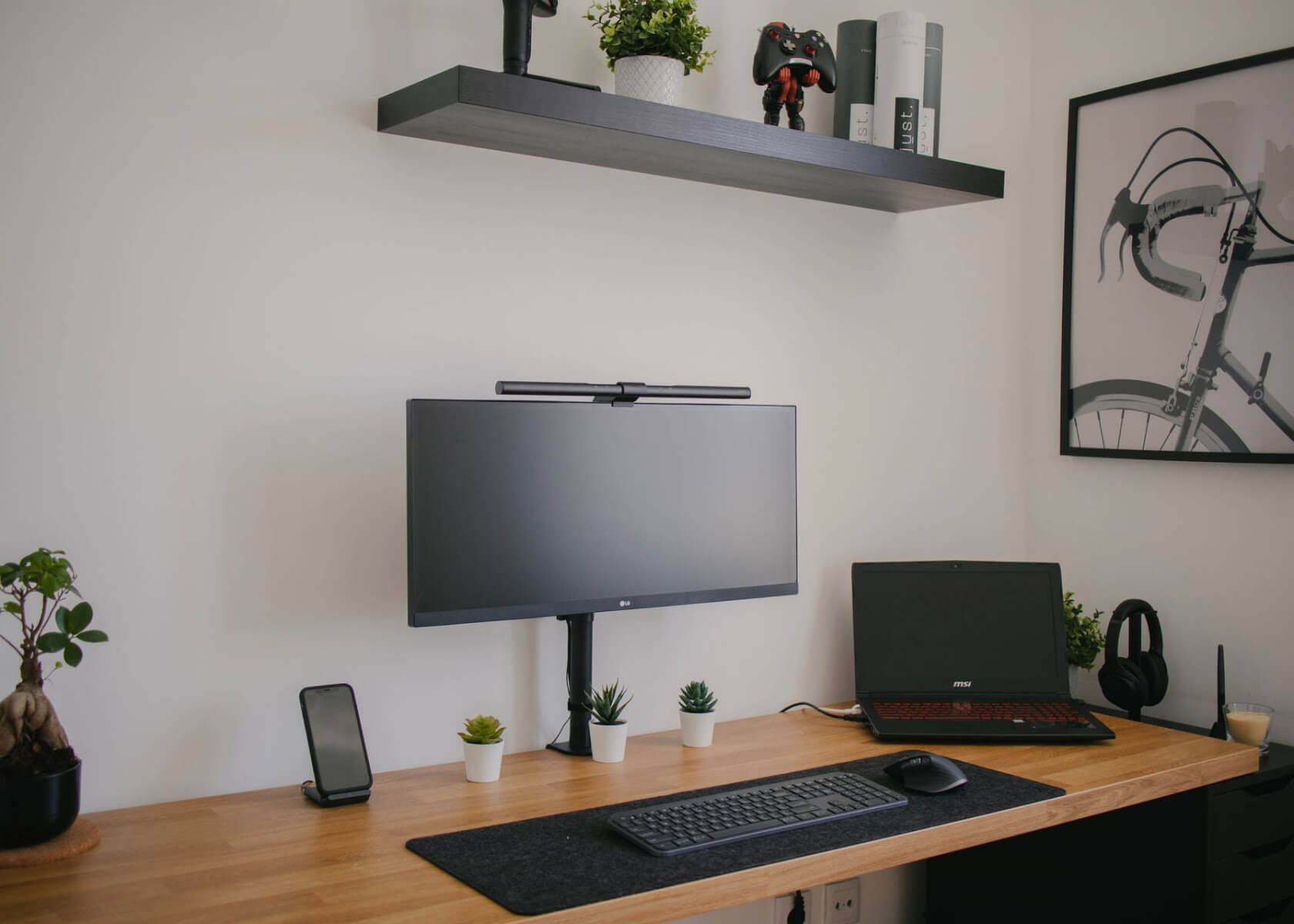Create a Free Table Plan Template with Notion for Seating Arrangements & Event Organization

New to Notion?
How to Create a Free Table Plan Template Using Notion for Seating Arrangements, Event Organization, or Party Planning
Notion is a powerful productivity tool offering endless possibilities for organizing various aspects of your life. Whether you're coordinating a corporate event, planning a wedding, or hosting a dinner party, Notion now provides even more flexible features to help you create a comprehensive table plan template.
Creating a table plan template in Notion allows you to manage seating arrangements and keep track of essential event details with ease. In this article, we guide you through the updated process using Notion’s current features and best practices.
Step 1: Start with a New Page in Notion
Begin by opening Notion and creating a new page to host your table plan template. Click the + icon in the left sidebar and select New Page. Give your page a descriptive name like “Event Seating Plan.”
Step 2: Set Up Your Table Layout
Once you have created your new page, insert a table by clicking the + icon below the page title and choosing Table - Inline. If you prefer a full-page database, select Table - Full Page from the options available. This table will serve as the foundation for organizing your seating arrangements.
To customize the table:
- Resize or rearrange properties (columns) by clicking directly on the headers.
- Add new rows by clicking the + New button at the bottom of the table.
- Change property types (text, select, checkbox, etc.) by clicking the header area.
Step 3: Add Columns for Guest Information
Enhance your table by adding columns that capture all necessary details:
- Hover over the right side of the table until you see a + sign, then click it.
- Add columns for guest names, dietary restrictions, RSVP status, and any other relevant information.
- Rename columns by double-clicking on the column header and typing the new name.
- Adjust the width of columns by dragging the divider between the headers.
Step 4: Fill in Guest Details
With your table set up, start filling in the guest details. Click on a cell and type the required information. Continue to add new rows by clicking the + New button. Thanks to Notion’s intuitive interface, editing or updating entries is simple and efficient.
Step 5: Customize Your Table Plan Template
Make your table plan visually appealing by using Notion’s formatting and design options:
- Add colors to cells or rows to represent different guest groups. Select the cells or rows, click on the Format button (or use right-click options), and choose your desired colors.
- Format text by highlighting it and using the formatting toolbar (bold, italics, underline).
- Insert images to display seating charts or venue layouts using image blocks placed within or adjacent to the table.
- Leverage other views like Gallery or Calendar to visualize event timelines or seating clusters.
Step 6: Add Additional Details and Notes
Beyond the table, include extra blocks to capture additional event information:
- Use text blocks or bullet points to record event dates, venue details, or menu options.
- Insert checklists for tracking tasks and deadlines.
- Embed files such as PDFs or spreadsheets using Notion’s embed options, making sure all essential information is organized in one place.
Step 7: Collaborate and Share Your Table Plan Template
Notion’s collaborative features help you work seamlessly with others:
- Click the Share button in the top-right corner of your page.
- Generate a shareable link or invite collaborators via email.
- Set permissions to control who can view or edit your template. This makes it easy to work with team members, vendors, or event participants.
Step 8: Duplicate and Customize for Future Events
Once your table plan template is complete, you can quickly duplicate it for future events:
- Right-click on your page in the left sidebar and select Duplicate.
- Rename the duplicated page and modify any details according to the upcoming event. This helps maintain consistency and saves time when planning multiple events.
Conclusion
Creating a table plan template in Notion streamlines managing seating arrangements, event organization, and party planning. By leveraging Notion’s flexible databases, rich formatting options, and collaborative features, you can design a tailored template that meets your event’s unique needs. Take advantage of Notion’s up-to-date features and best practices to organize your events with ease and precision.


